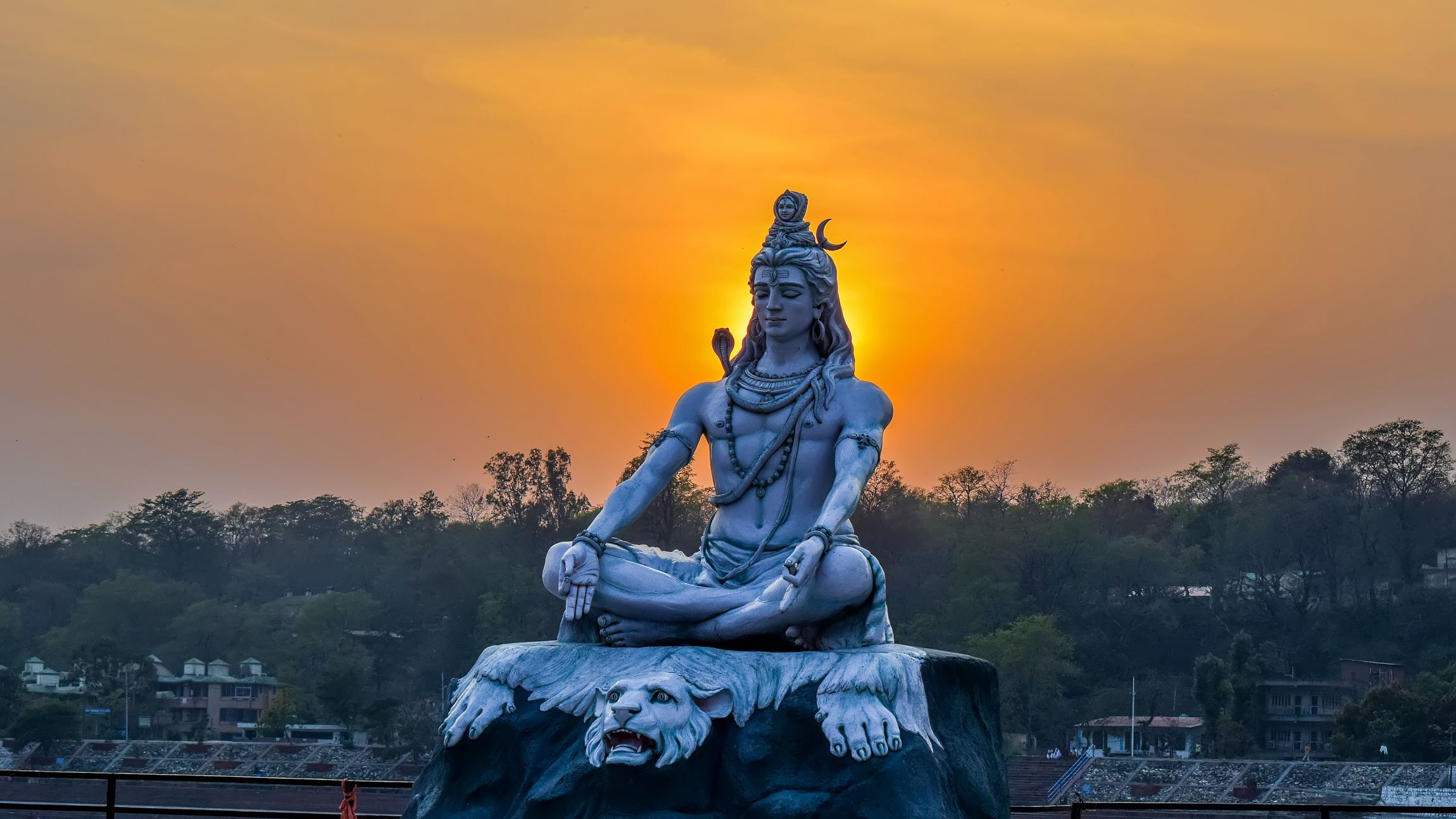by Kyle Devitt Lee
Pandemics are stressful. 10% of Americans have been infected with the coronavirus in the U.S. Even if you or a loved one hasn’t gotten sick, it has affected you. Lockdowns and restrictions have engendered social isolation and economic insecurity on a massive scale. Millions lost their jobs. An entire generation of students had their education disrupted, and healthcare workers are overworked and traumatized. The “diseases of despair”—depression and addiction—have skyrocketed as we’ve all been forced to spend too much time alone in our heads, inflaming what Buddhists call the overactive, restless “monkey mind.”
A growing number of Americans have turned to meditation for respite. Every type of meditation is concerned to some degree with awakening to the recognition that one need not identify with one’s thoughts. Mindfulness meditation helps to quiet the mind by focusing the practitioner’s attention on the breath, a sound, or some other external point of attention. Some Buddhists refer to meditating as “tending the garden,” which seems to be an apt acknowledgement that an unattended mind can get tangled and overgrown.
Meditation can provide fundamental insight into the nature of consciousness and help people detach from the incessancy of thought. Cannabis has been used in meditation practice for millennia, interacting with the body’s endocannabinoid system (ECS) which plays a role in modulating physiological consciousness. Shaivism (named for Lord Shiva) is said to be the oldest extant religion on earth. The Vedic texts (c. 1500 B.C.E.) designate cannabis as a sacred plant, at times used with meditation “for purposes of greater amplification of experience.” Shiva, one of three gods in the Hindu triumvirate, is known as “Shiva the Destroyer,” but is also referred to as “Lord of Bhang” (bhang is an Indian word for cannabis). Legend has it that Shiva gave the gifts of yoga and cannabis to humankind, bringing the cannabis leaf down from the Himalayan mountains to the people below.
Shiva is said to have eaten cannabis leaves before meditating. The Shaivites of ancient India made use of cannabis drinks and bhang incense in festivals, religious rituals and other spiritual ceremonies. Not just any cannabis but specifically Indica, which at the time was typically a wild plant native to Northern India with relatively balanced amounts of CBD and THC.
While certain individuals get a lively creativity boost from THC-heavy cannabis, for some people THC brings on intrusive racing thoughts. For those intent on resting the mind by meditating, a CBD dominant strain may be a better cognitive balm for meditation than one with more of its psychoactive cousin, tetrahydrocannabinol.
Unlike Hinduism, classical Buddhism generally tends to oppose intoxication unless the substance is used medicinally. To combine cannabis with the old school Theravada Buddhist approach to meditation, cannabidiol would have to be part of the equation. During this anxious age of ours, one doesn’t have to deify cannabis like the Shaivites or reach the “bare awareness” of the Buddhists to make use of cannabis—especially cannabidiol, as an aide to meditation.

